See a different side to Rio de Janeiro and São Paulo
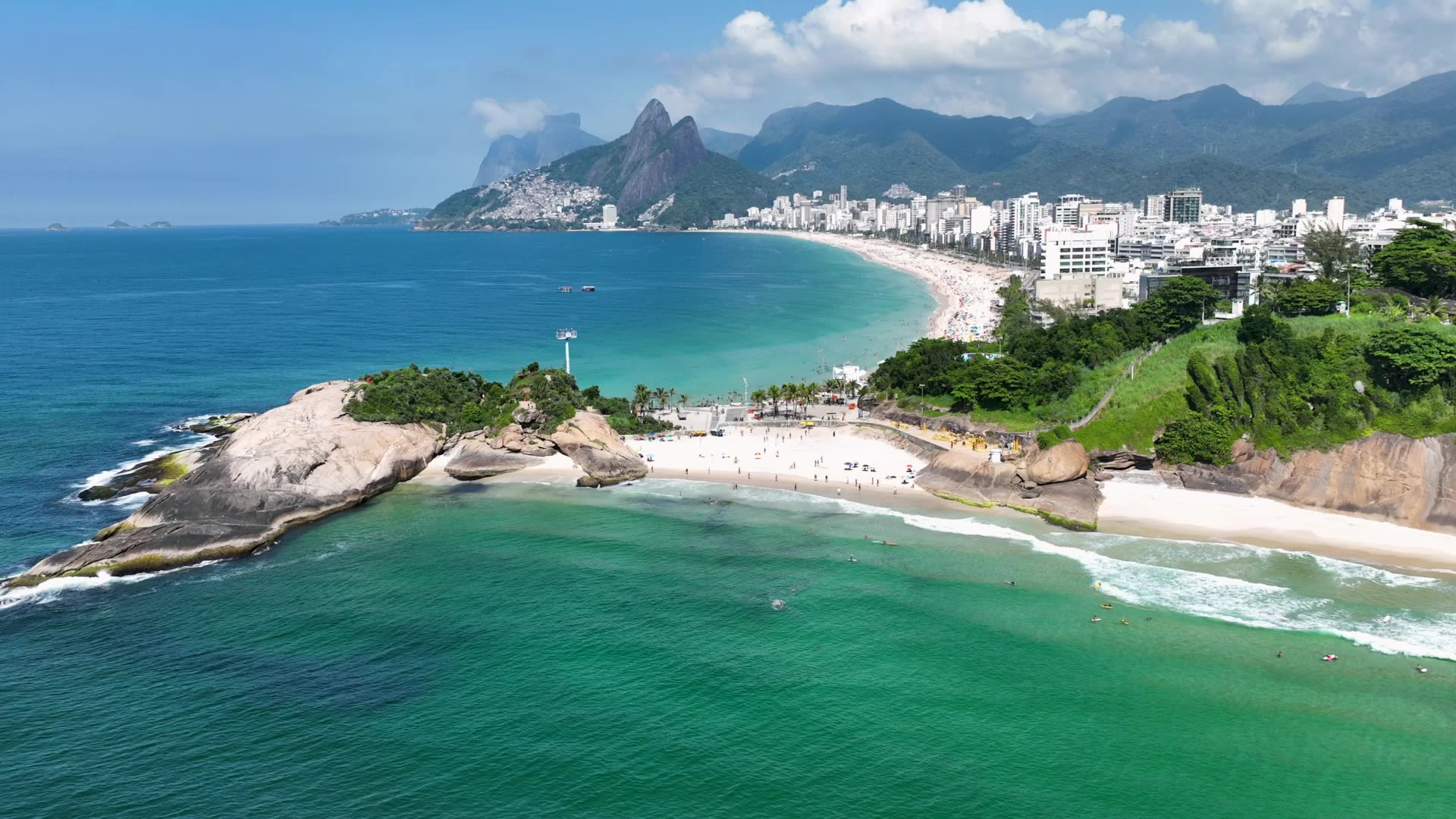
Separated by a distance of 370km, Rio de Janeiro and São Paulo offer urban experiences that are worlds apart.
Rio, bathed in tropical sunshine on the Atlantic coast, enchants with its world-famous beaches, samba rhythms, and the stunning backdrop of Tijuca National Park. Inland, São Paulo shines as Brazil’s cultural epicentre, home to world-class museums, galleries and restaurants.
Despite their rivalry, both cities share a love for street art and futebol—don’t miss Maracanã Stadium in Rio and the Museum of Football in São Paulo. And despite a reputation for working round the clock, São Paulo’s residents can often be found relaxing on the coastal beaches and islands that lie just a short drive away.
The façde of Emiliano Hotel, Rio de Janeiro (Emiliano Hotel)
The façde of Emiliano Hotel, Rio de Janeiro (Emiliano Hotel)
The greenery of Ibirapuera Park, São Paulo (Shutterstock)
The greenery of Ibirapuera Park, São Paulo (Shutterstock)
Get to know Rio de Janeiro

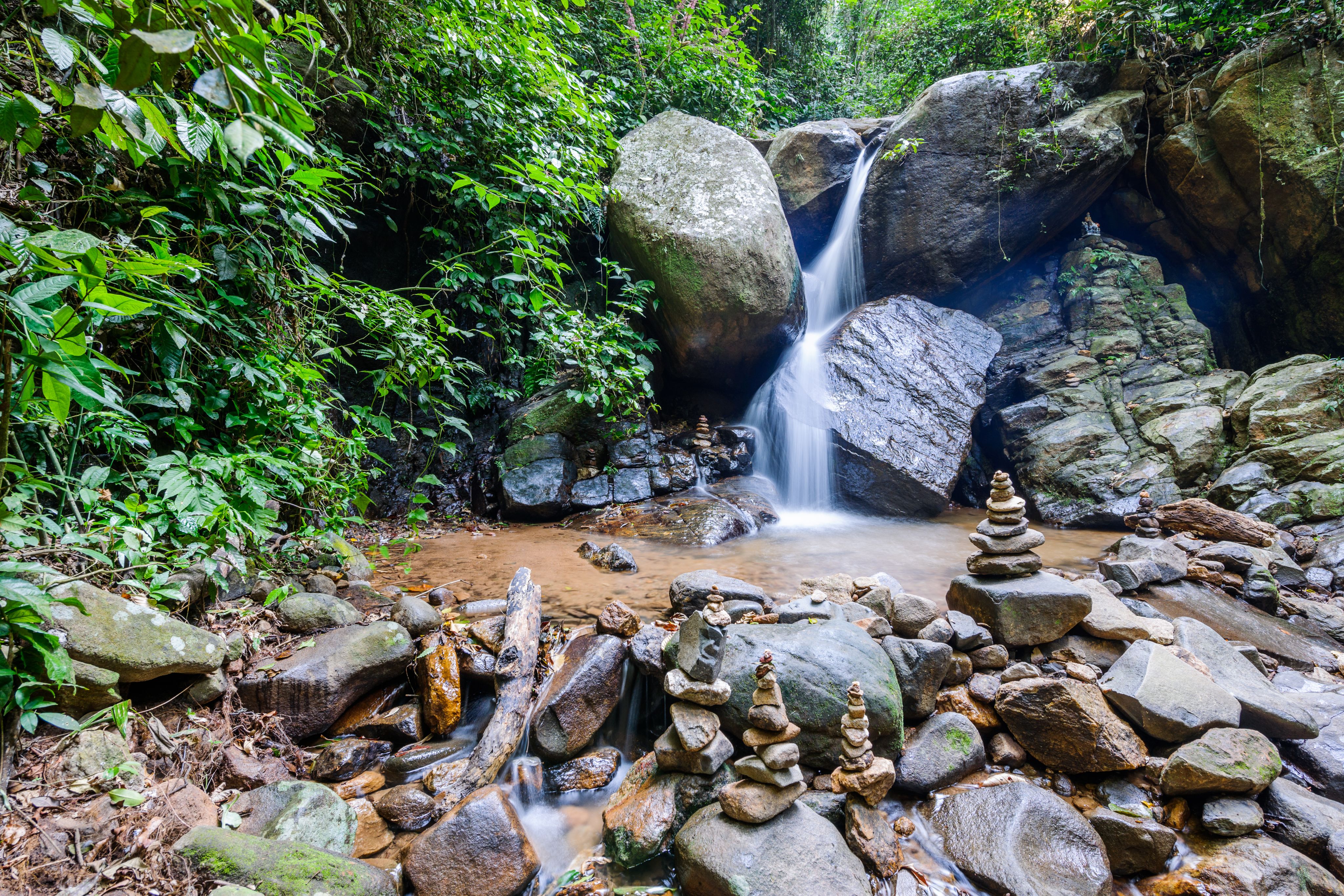

The Marvellous City
Once visited, Rio de Janeiro is never forgotten. The 'Cidade Maravilhosa' (Marvellous City) captures the senses with its flourishing natural landscape, vibrant cultural scene, and world-renowned monuments.
Dominating the skyline from Corcovado Mountain, Christ the Redeemer stands with open arms, looking out over spectacular sweeps of sand, the world’s largest swathe of urban jungle, and life as it unfolds in this spectacular city.
Known as Cariocas, Rio’s residents proudly showcase a city that merges breathtaking beauty with cultural and architectural splendour. Internationally celebrated beaches like Copacabana and Ipanema buzz from dawn to dusk, framed by the striking backdrop of the Sugarloaf Mountain and the dense forests of Tijuca National Park.
For panoramic views, visitors can take a funicular to the base of Christ the Redeemer or a cable car to Sugarloaf Mountain, revealing iconic landmarks such as Maracanã Stadium and the Sambadrome.
The world's largest urban forest
In Rio, wild nature is part of city life. Dense rainforest stretches right down to the beaches, and capuchin monkeys scamper along telephone wires. Tijuca National Park, the world’s largest urban forest, offers hiking trails with foliage-fringed viewpoints and waterfalls - bring swimwear for a refreshing dip, and keep an eye out for the colourful toucans and parrots that flutter through the jungle canopy.
Pulsating with culture
Culturally, Rio is equally compelling. The city moves to a constant musical beat, from bossa nova in Copacabana's bars to samba and carioca funk in Lapa’s dance halls. Visitors can even take samba lessons at the city’s renowned schools and experience the carnival euphoria first-hand. Afro-Brazilian culture thrives in neighbourhoods like Madureira and Pedra do Sal, where music, dance, and cuisine reflect African heritage.
Street art transforms Rio into an open-air gallery, with the Olympic Boulevard showcasing massive murals that celebrate Brazil’s diversity. From hiking in Tijuca to dancing samba under the stars, Rio offers an intoxicating blend of natural wonders and cultural riches, promising an unforgettable adventure.
Must-do experiences in Rio

1. Sunset on the beach
Rio’s sunsets are spectacular, and Cariocas know there’s no better place than the beach to admire the setting sun’s amber glow hovering over the Atlantic Ocean. Make like the locals and sip a tangy caipirinha or fresh, cold coconut water at Ipanema or Copacabana.
For the most spectacular sunset of all perch at the Rock of Arpoador, a natural vantage point jutting out into the water between the two world-famous beaches. Leblon, an extension of Ipanema, is another popular place for a sundowner with a view so astonishing that it’s common for locals to applaud the spectacle.
2. Christ the Redeemer
Officially one of the Seven Wonders of the Modern World and the largest art deco statue on the planet, Christ the Redeemer standing 710m above sea level atop Corcovado ('Hunchback') mountain is Rio's most postcard-perfect image. Visible from across the city, the 38m monument is even more astonishing up close.
Visitors can hop aboard a funicular railway for the steep ride through Atlantic rainforest to the foot of the statue or take a ride on the authorised vans that wind upwards through Tijuca National Park. Whichever way you arrive, the views over the city are unmatched. Erected in 1931, the ‘Cristo’ welcomes all with open arms, blessing Cariocas and visitors alike.
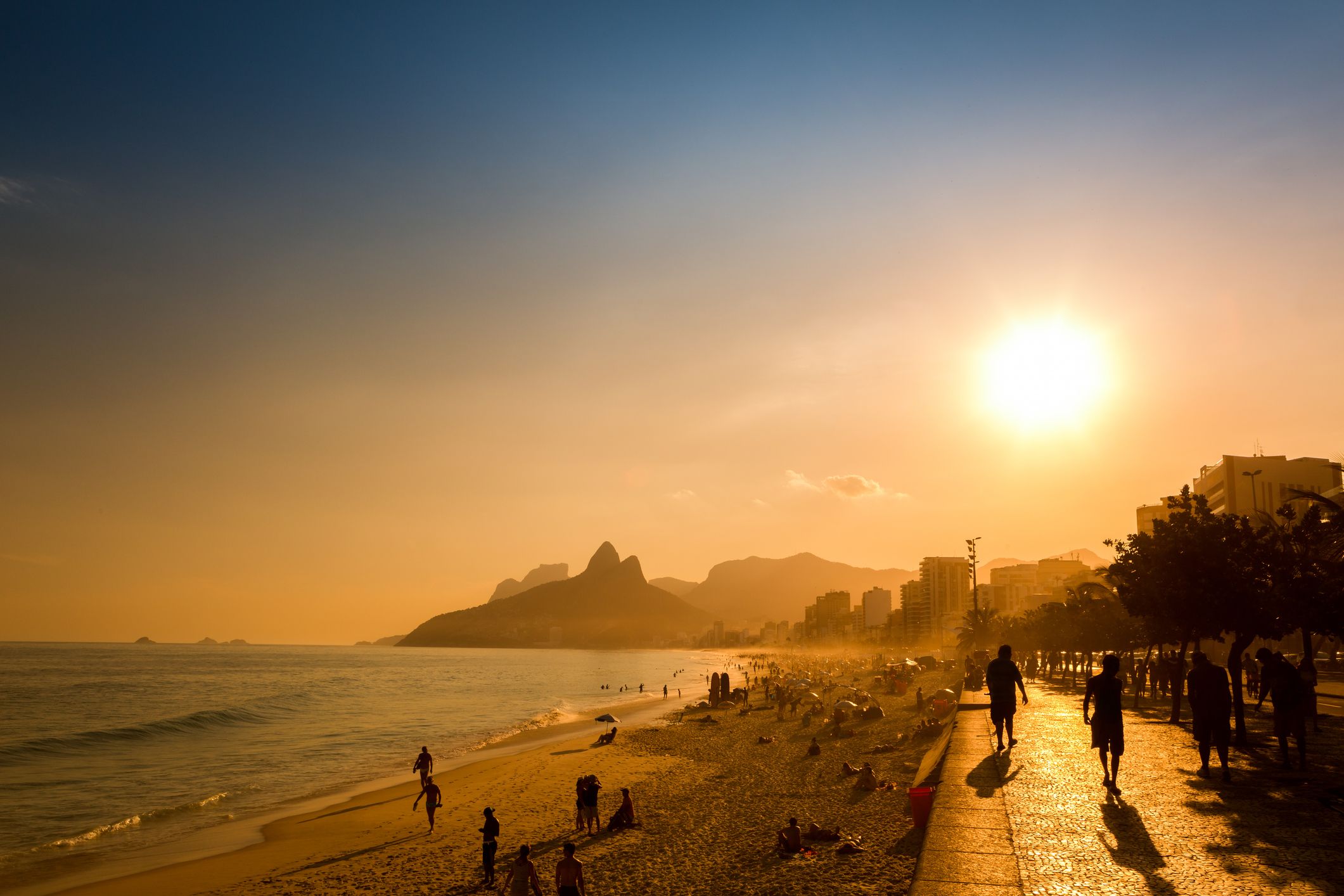
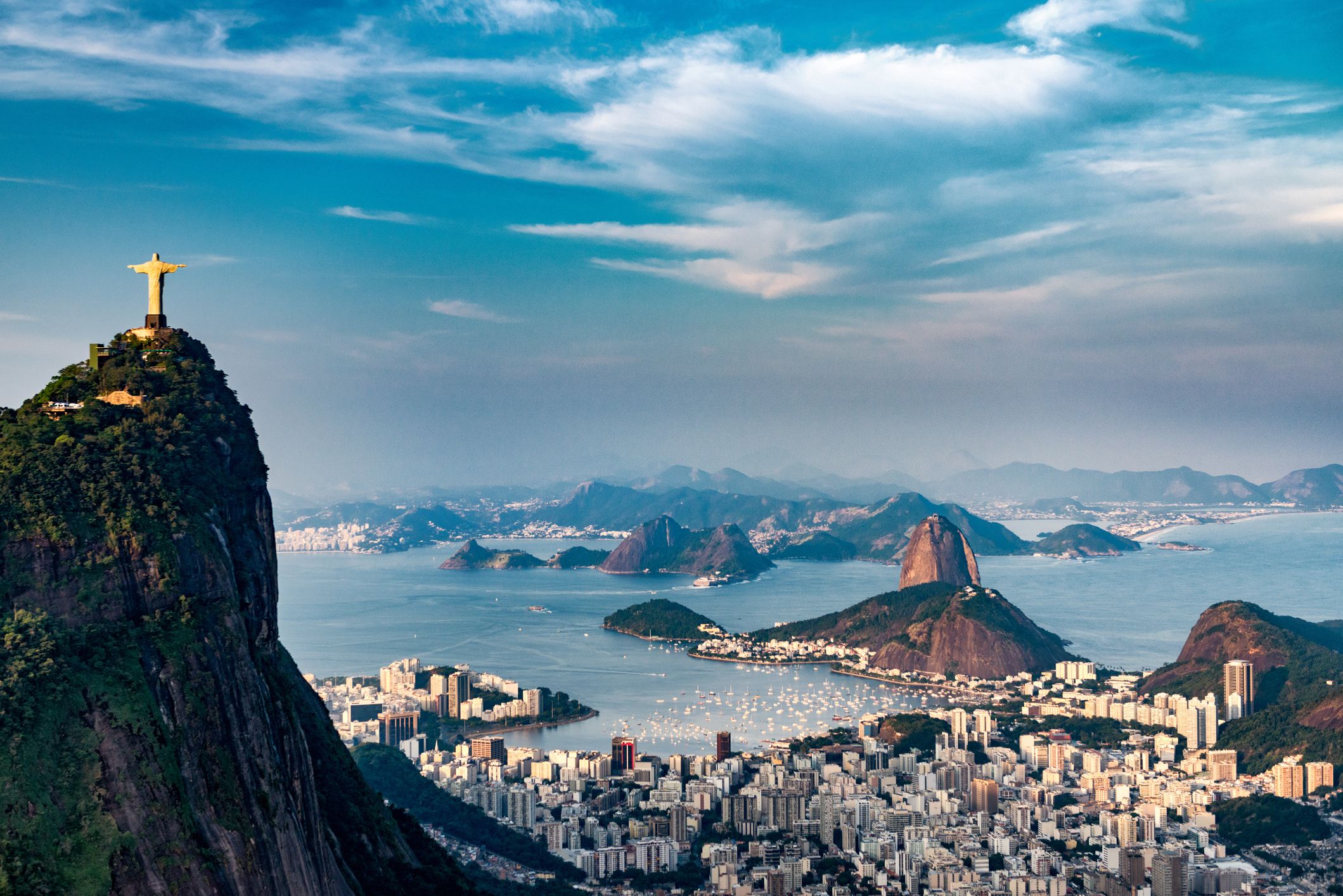
3. Samba Schools
Rio is synonymous with samba and there’s no better way to get into the surprisingly stamina-demanding groove than by taking classes at Rio's vibrant local samba schools.
Top spots include Salgueiro, Unidos da Tijuca and Mangueira, offering classes for all levels as well as an opportunity to watch the famously fleet-footed locals shake their stuff at carnival rehearsals.
Casa do Samba and Dance Center Rio provide immersive samba dance experiences and some schools even allow dancers to hire costumes and book a place in a carnival parade.
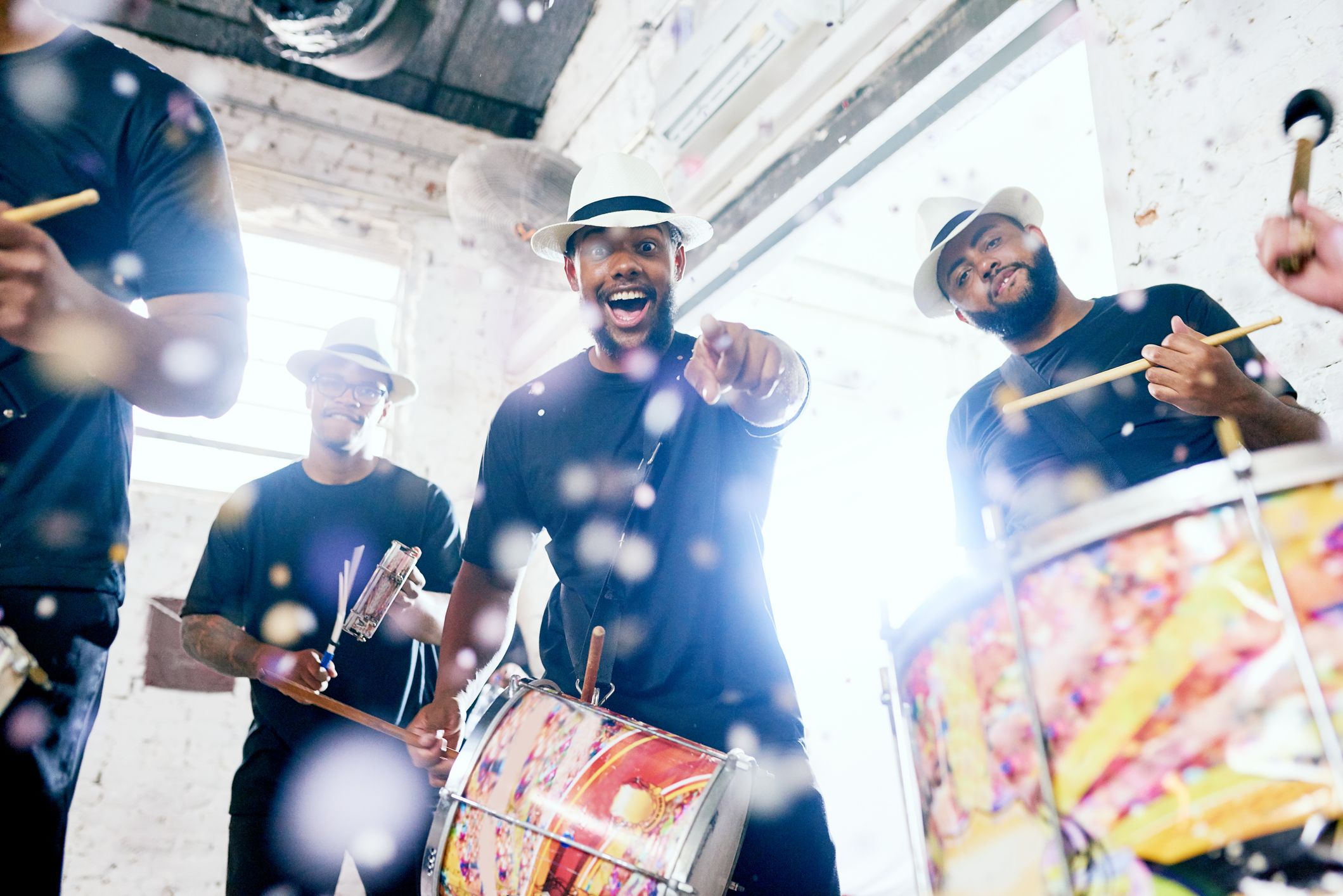
Where to stay in Rio
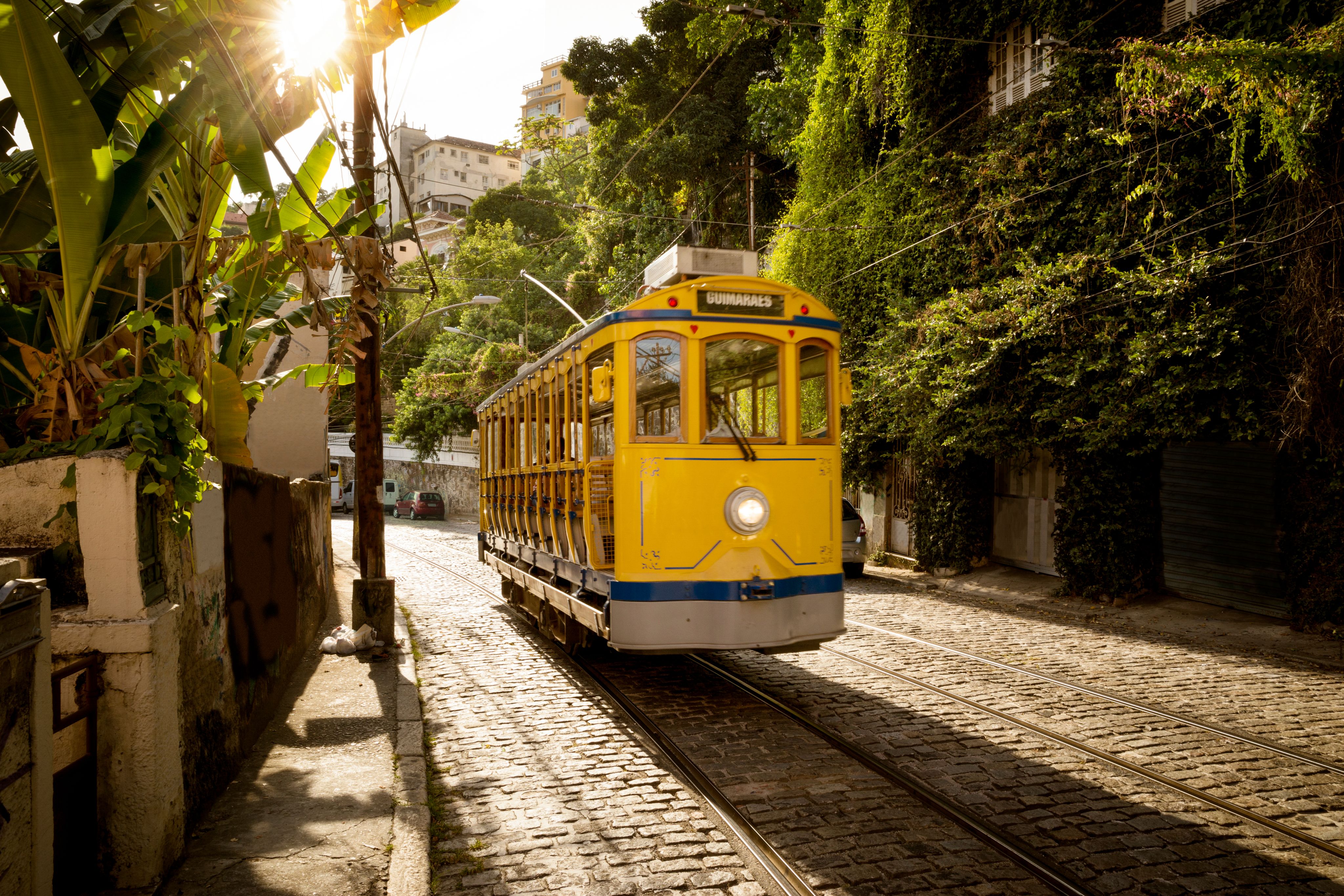
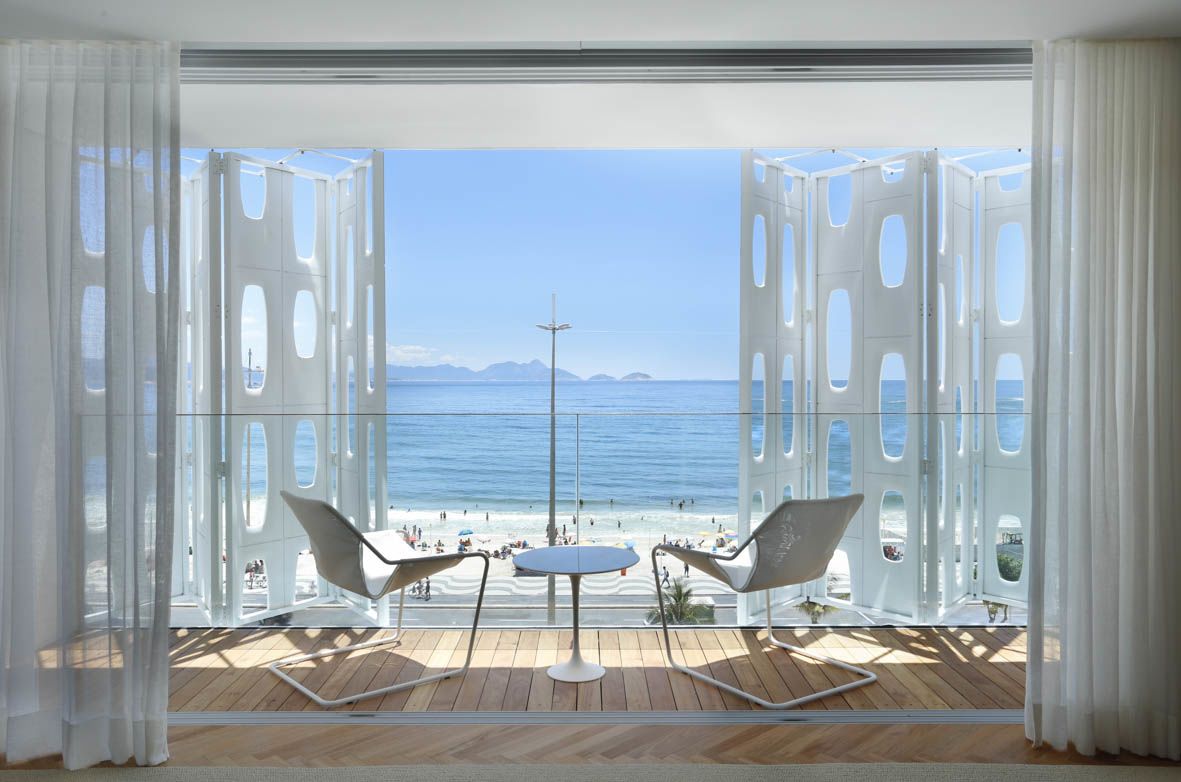
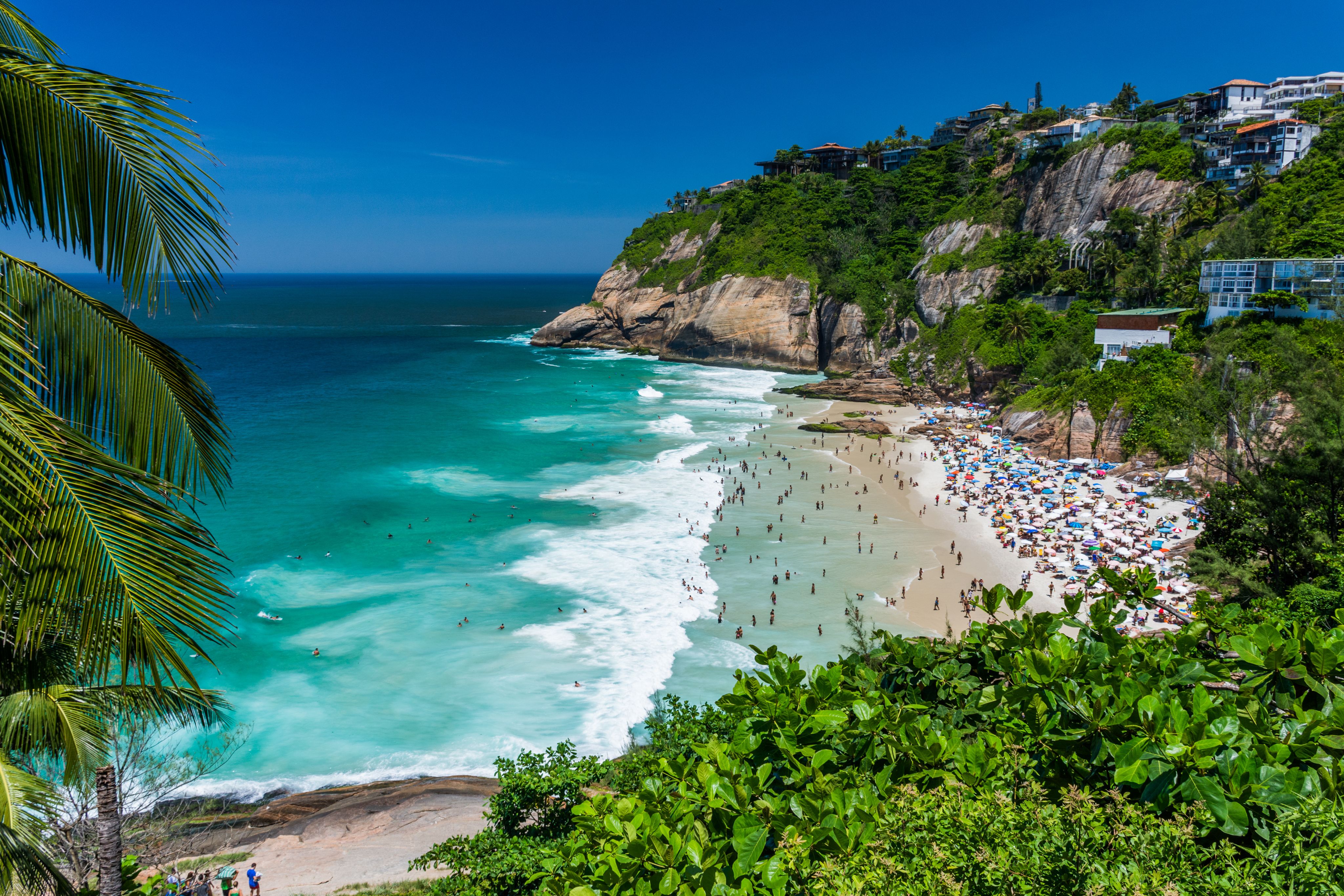
Visitors to Rio can take their pick from diverse accommodation options ranging from upscale beachfront hotels to artsy guesthouses in the hills.
In Copacabana, luxury options include the classic beauty of grande dame Copacabana Palace and the contemporary glamour of Emiliano Hotel, with its luscious ocean-facing infinity pool.
In nearby Ipanema, the Phillipe Starck-designed Fasano Hotel attracts a glamorous clientele with its iconic location, rooftop pool and sleek interiors.
Away from the beaches, visitors can find a boho-chic vibe in hilltop Santa Teresa, where former mansions have been converted into beautiful hotels and guesthouses. There are elegant hotels and pousadas (family-run guesthouses) in upscale Leblon and tucked away from the crowds in Joatinga, the hilltop hideaway known as the Beverley Hills of Rio.
For a youthful buzz and proximity to the party action, downtown neighbourhoods like Botafogo and Laranjeiras have a handful of appealing guesthouses and hotels, often at more budget-friendly prices.
Getting there and around
Getting there
By plane
Rio's Tom Jobim International Airport (RIO Galeão), 17 km from the city centre, serves domestic and international flights. British Airways offers direct flights from London Heathrow and LATAM Airlines offers flights via São Paulo.
Getting around
By metro
Rio has a fast and efficient system with three lines connecting key areas like Copacabana, Ipanema and Centro. Trains run from 5am to midnight (1am on Saturdays).
By bus
There's an extensive network including the BRT (Bus Rapid Transit) system that covers most areas.
Personal or hired vehicle
Major hire agencies are available at the airport. Be prepared for heavy traffic during rush hours.
Taxis and transport apps
Yellow taxis use metres. Ride-hailing apps like Uber are popular alternatives. For a unique experience, jump aboard the historic Santa Teresa tram.

Get to know São Paulo
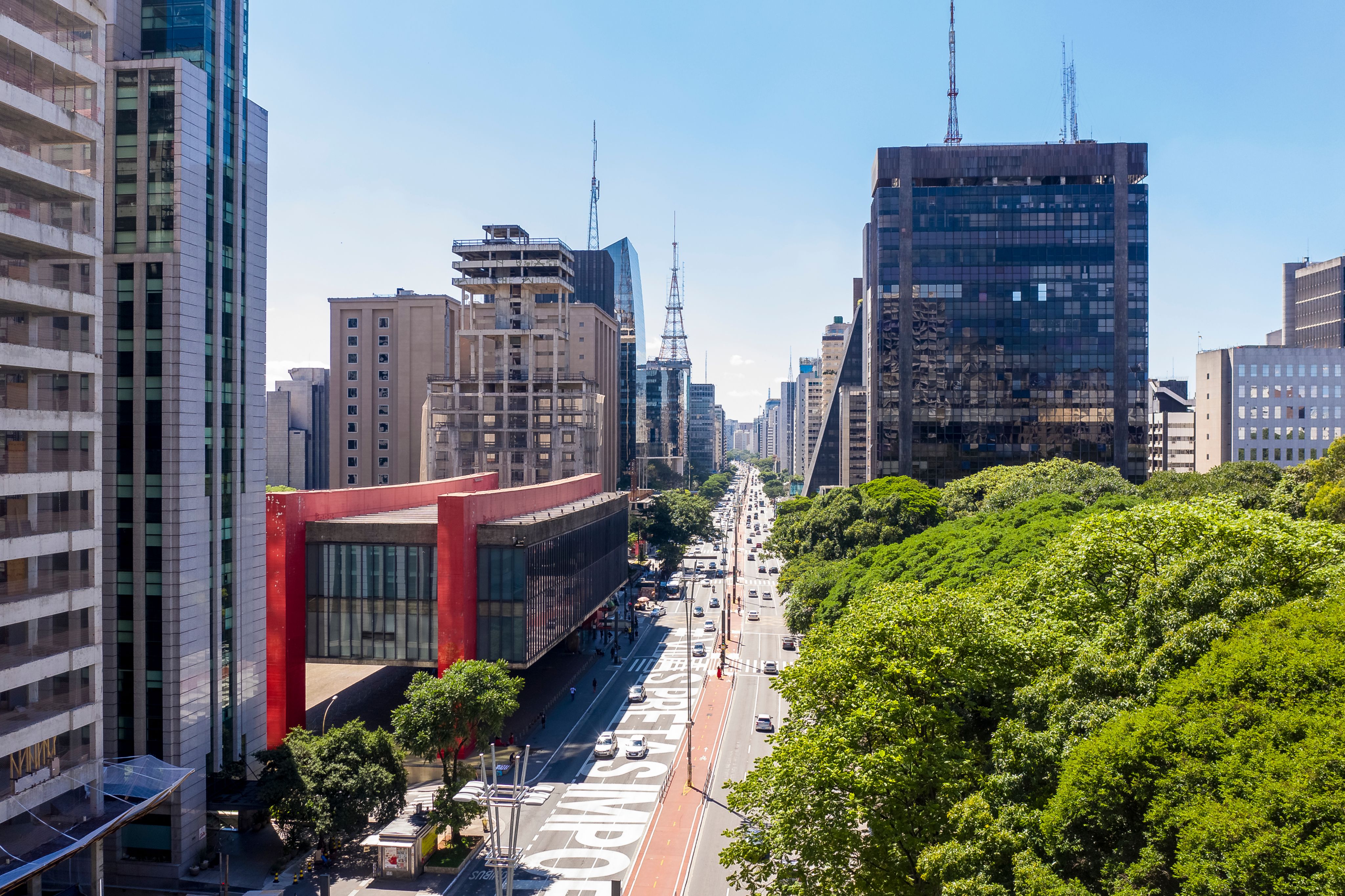
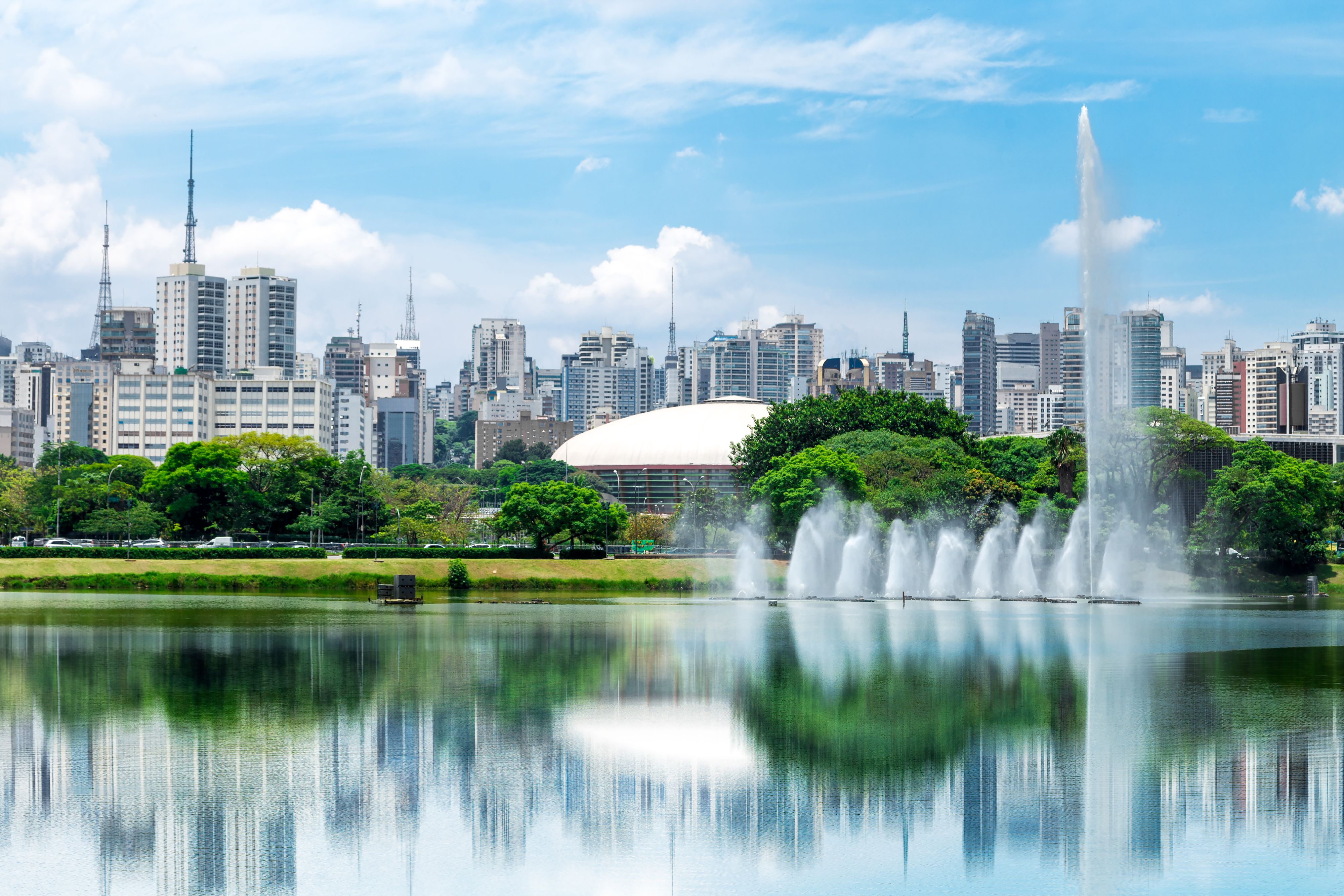
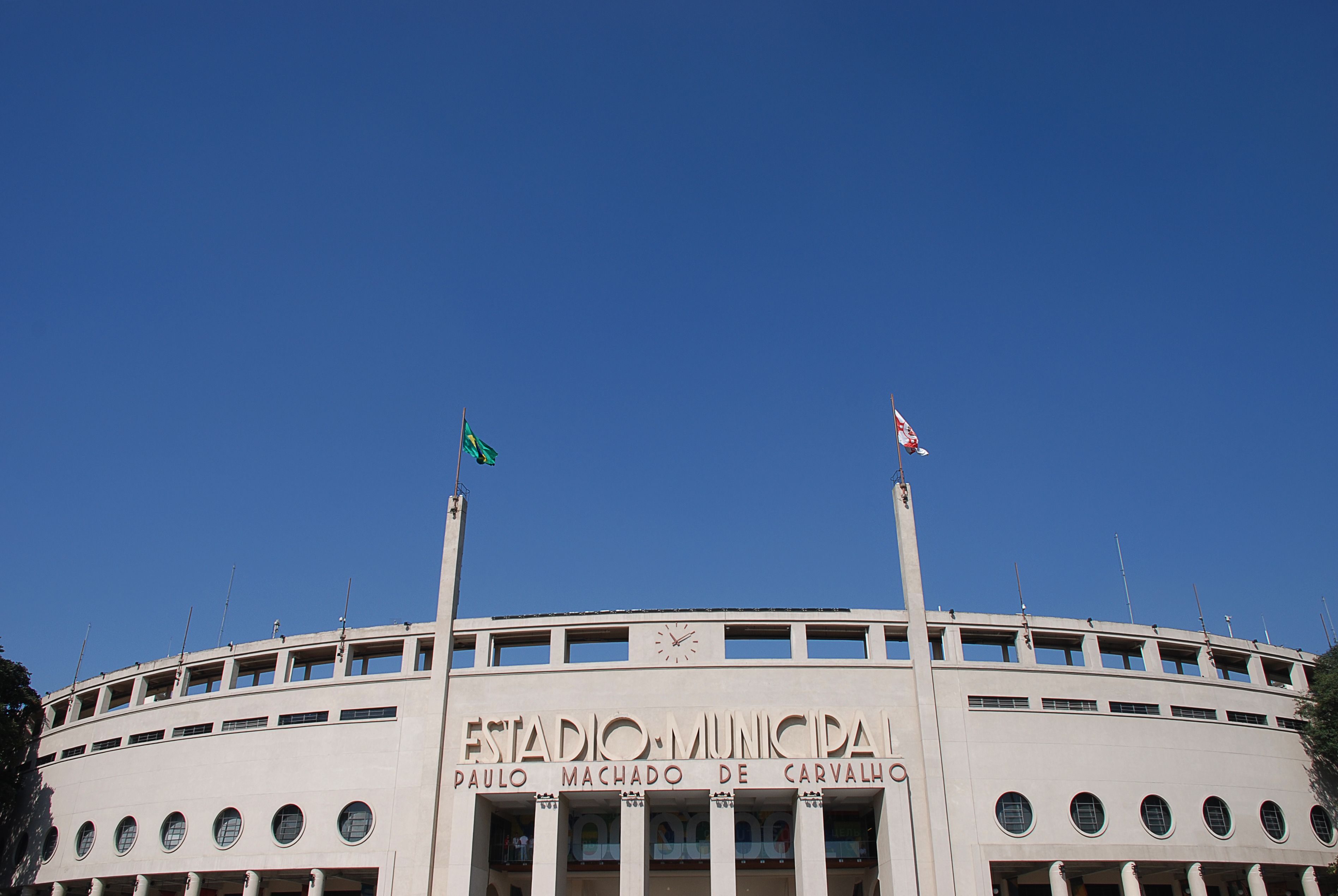
The cosmopolitan cultural hub
São Paulo, Brazil's largest metropolis, offers an electrifying urban experience that impresses with its dynamic blend of culture, cuisine and creativity. Unlike Rio's beach-centric allure, São Paulo's charm lies in its cosmopolitan energy and diverse attractions.
The city's art scene is unparalleled in Latin America. World-class museums like the São Paulo Museum of Art (MASP) and the Pinacoteca showcase impressive collections in striking architectural settings. Street art transforms entire neighbourhoods into open-air galleries; don't miss Vila Madalena's famous ‘Beco do Batman’.
Foodie feasts and green oases
São Paulo's gastronomic scene is legendary. From Michelin-starred restaurants to vibrant street markets, the city caters to every palate. The iconic Mercado Municipal offers a sensory journey through Brazil's culinary diversity and foodies flock to Liberdade for Asian-inspired delicacies; this neighbourhood is home to the largest Japanese community outside Japan.
Despite its concrete facade, São Paulo embraces nature. Ibirapuera Park, designed by Oscar Niemeyer, provides a green oasis with museums, lakes and jogging trails. The nearby Serra da Cantareira offers hiking and wildlife spotting just minutes from the city centre.
Brimming with passion
São Paulo's nightlife is electric, with options ranging from sophisticated rooftop bars to underground music venues. The city's cultural calendar is packed year-round, featuring events like enormous Carnaval blocos (street parties) and one of the world's largest Pride parades.
Sports enthusiasts can experience the passion of Brazilian football at iconic stadiums or explore the sport's history at the Football Museum. From cutting-edge galleries to pulsating street markets, São Paulo offers a thrilling urban adventure that seamlessly blends elegance with bohemian charm.
Must-do experiences in São Paulo
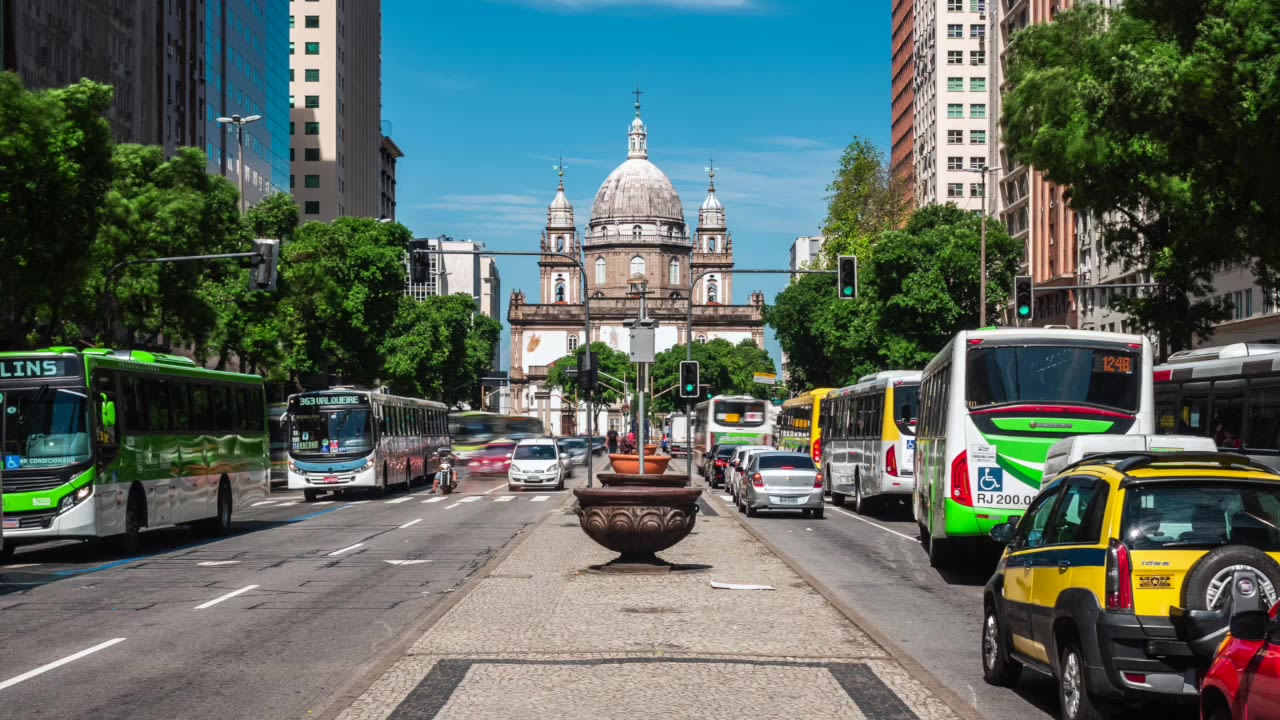
1. MASP
A mandatory stop is the São Paulo Art Museum (MASP), a modernist masterpiece hovering above Paulista Avenue. This architectural marvel houses the most important art collection in the Southern Hemisphere, with approximately 10,000 pieces spanning African, American, Asian, Brazilian and European Art. The building itself, designed by Lina Bo Bardi, is a work of art, with its distinctive red pillars and suspended structure offering a unique visual experience even before you step inside.
2. Pinacoteca
Another breathtaking cultural gem is the São Paulo Picture Gallery (Pinacoteca de São Paulo). Founded in 1905, it's the city's oldest museum, housed in a beautifully renovated 19th-century building. The Pinacoteca is a pioneer in accessibility, offering audio descriptions, tactile floors and ramps, ensuring all visitors can immerse themselves in Brazil's rich artistic heritage.
3. Museum of Football
For sports enthusiasts, the Museum of Football (Museu do Futebol) is a must-visit. Located in the iconic Pacaembu Stadium, it tells the story of Brazil's beloved sport through interactive exhibits. The museum has been designed with inclusivity in mind, catering to visitors with disabilities since its inception.
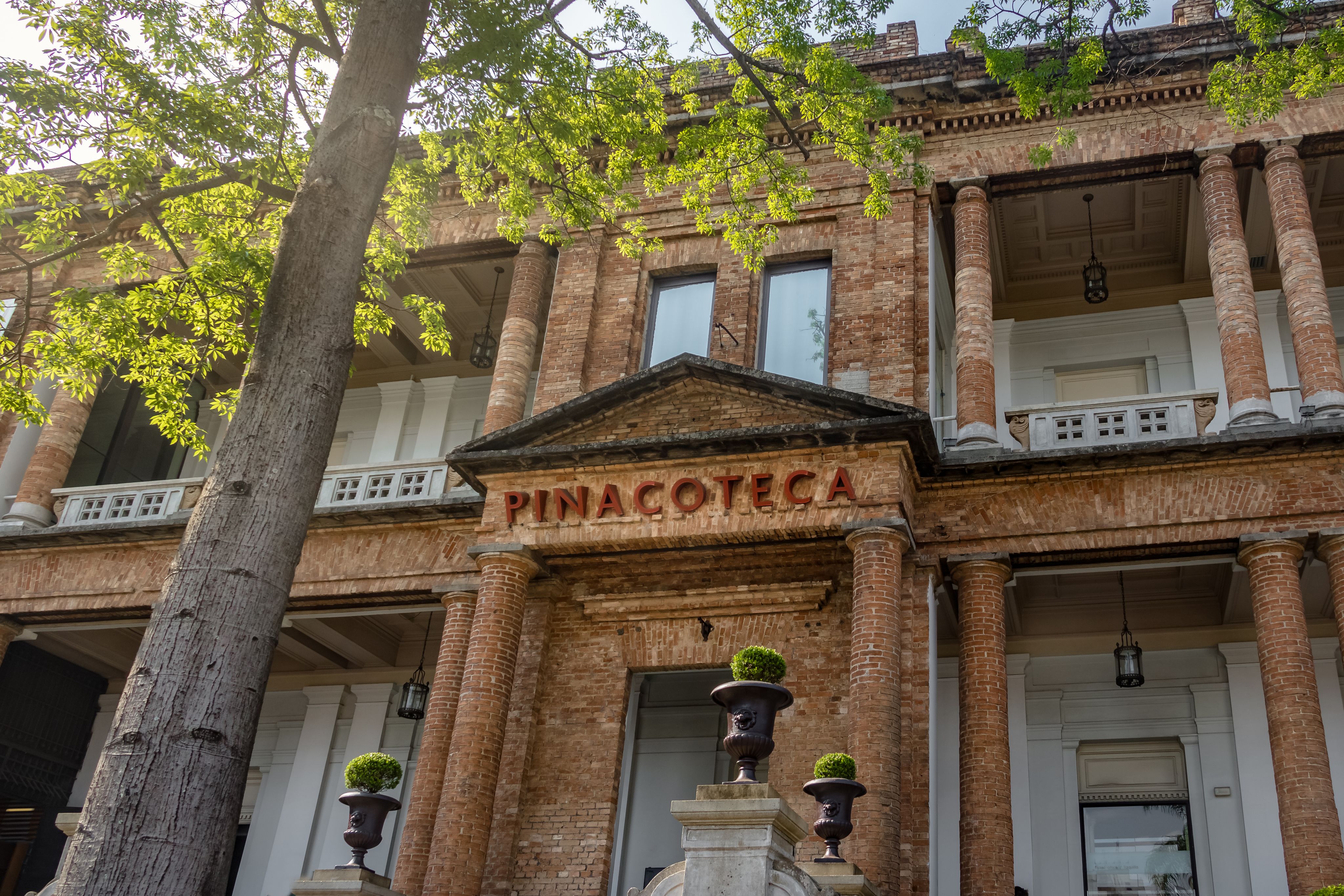
4. Ibirapuera Park
Paulistas (people from São Paulo) know there's no better place to spend a leisurely afternoon than Ibirapuera Park. This urban oasis, designed by Oscar Niemeyer, offers more than just green space. With bike paths, jogging trails and a playground, it's a hub of outdoor activity. The park also houses museums, auditoriums and a planetarium, perfectly encapsulating São Paulo's blend of nature and culture.
5. Vibrant markets
On weekends, do as the locals do and explore São Paulo's vibrant markets. The colourful stalls of Liberdade showcase Japanese culture, while Benedito Calixto Square is a treasure trove of antiques and live music.
For a gastronomic adventure, head to the Mercadão (Municipal Market). This art nouveau building is packed with stalls selling tropical fruits, local delicacies and the city's famous pastel de bacalhau – a crispy, deep-fried pastry filled with creamy salted cod. Pair it with a refreshing glass of ice-cold cashew fruit juice for an authentic taste of São Paulo!
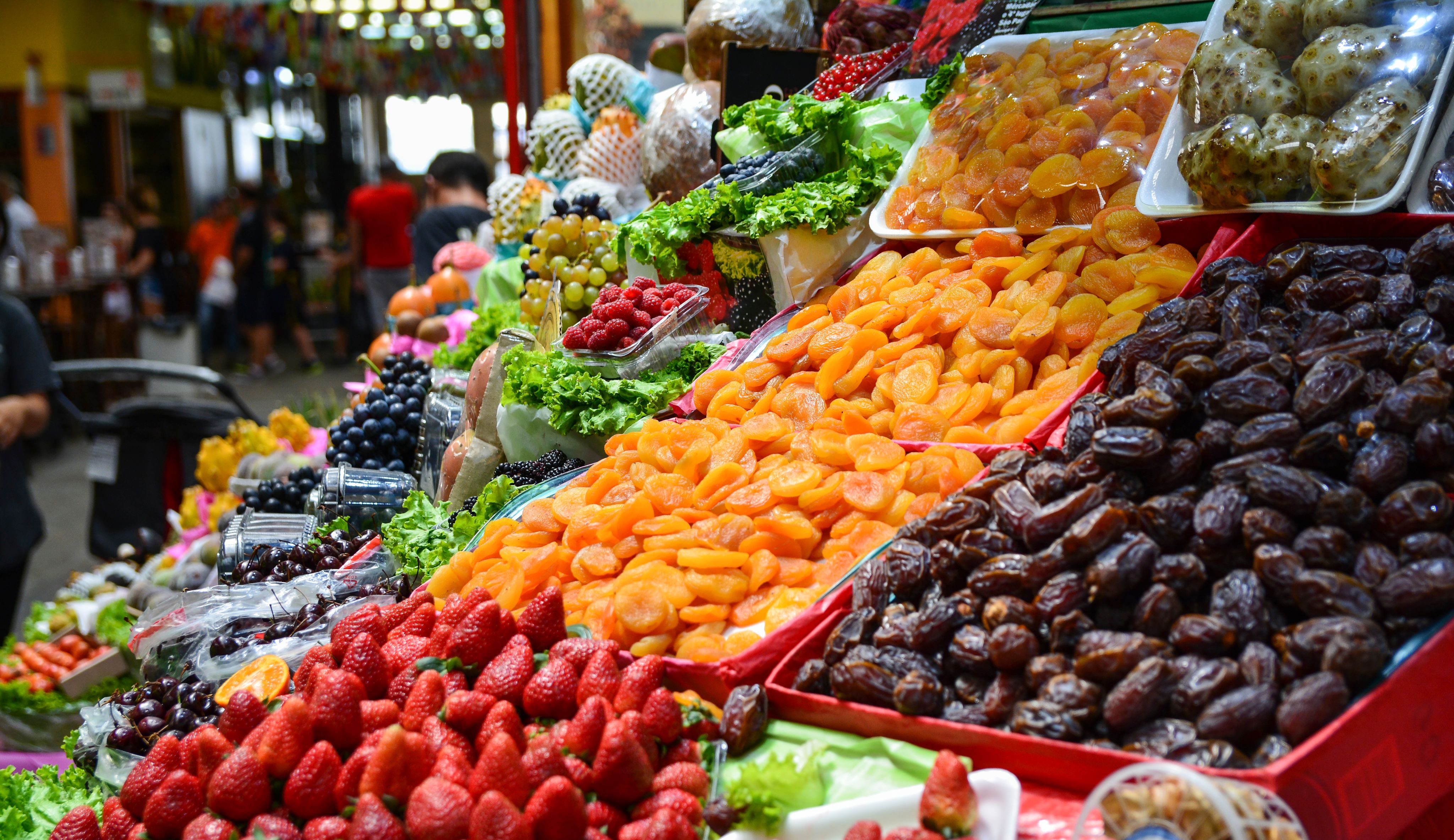
Where to stay in São Paulo
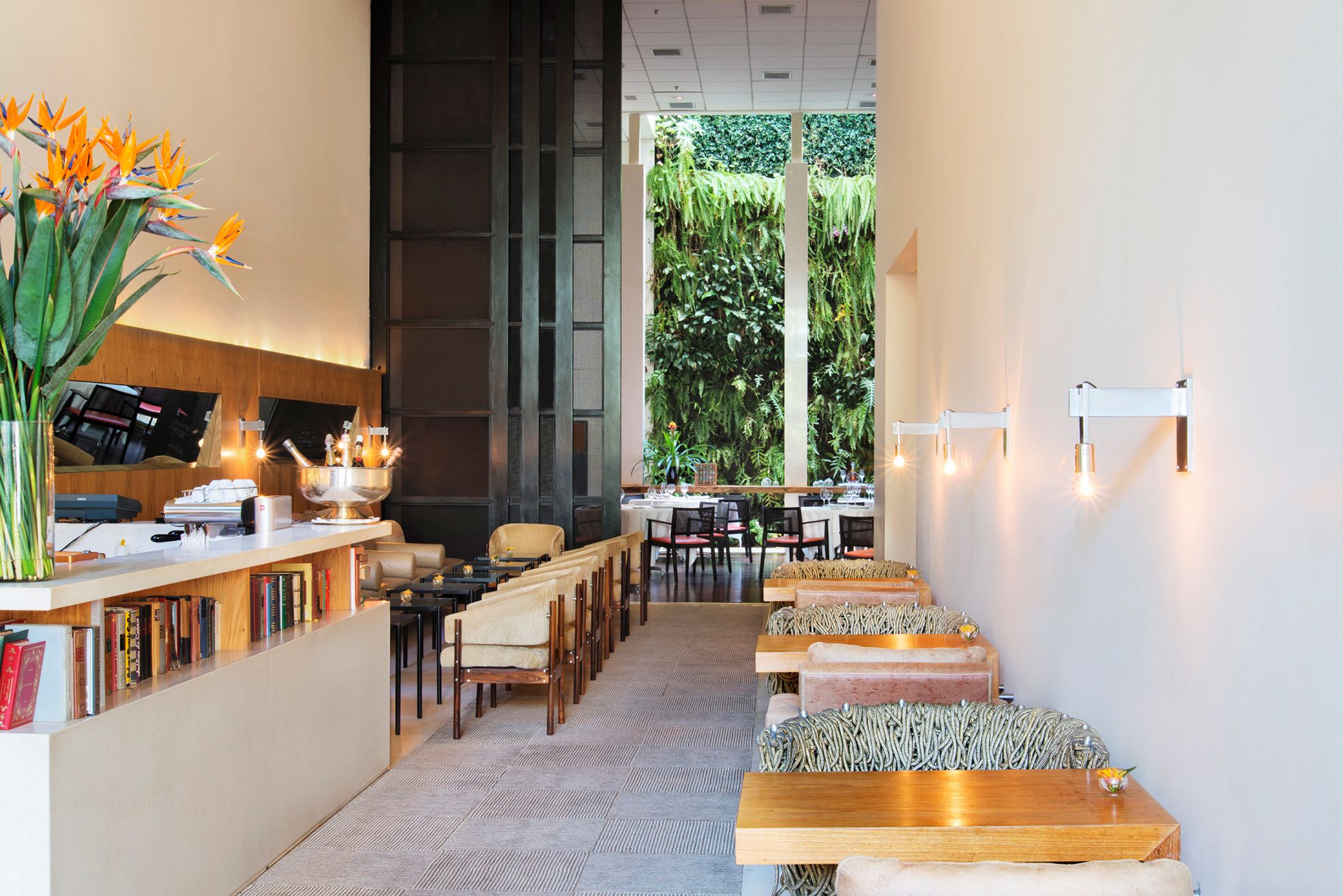
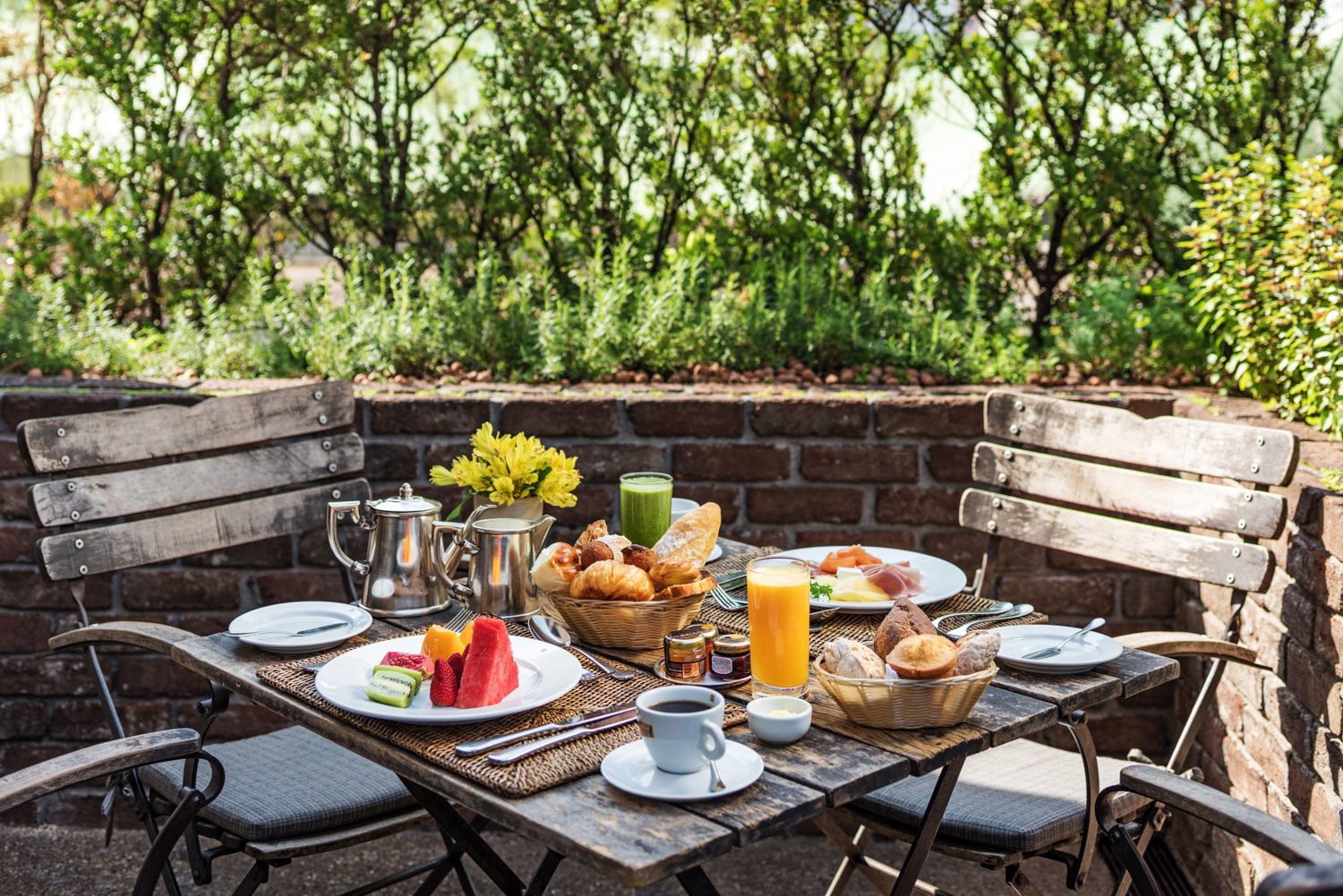
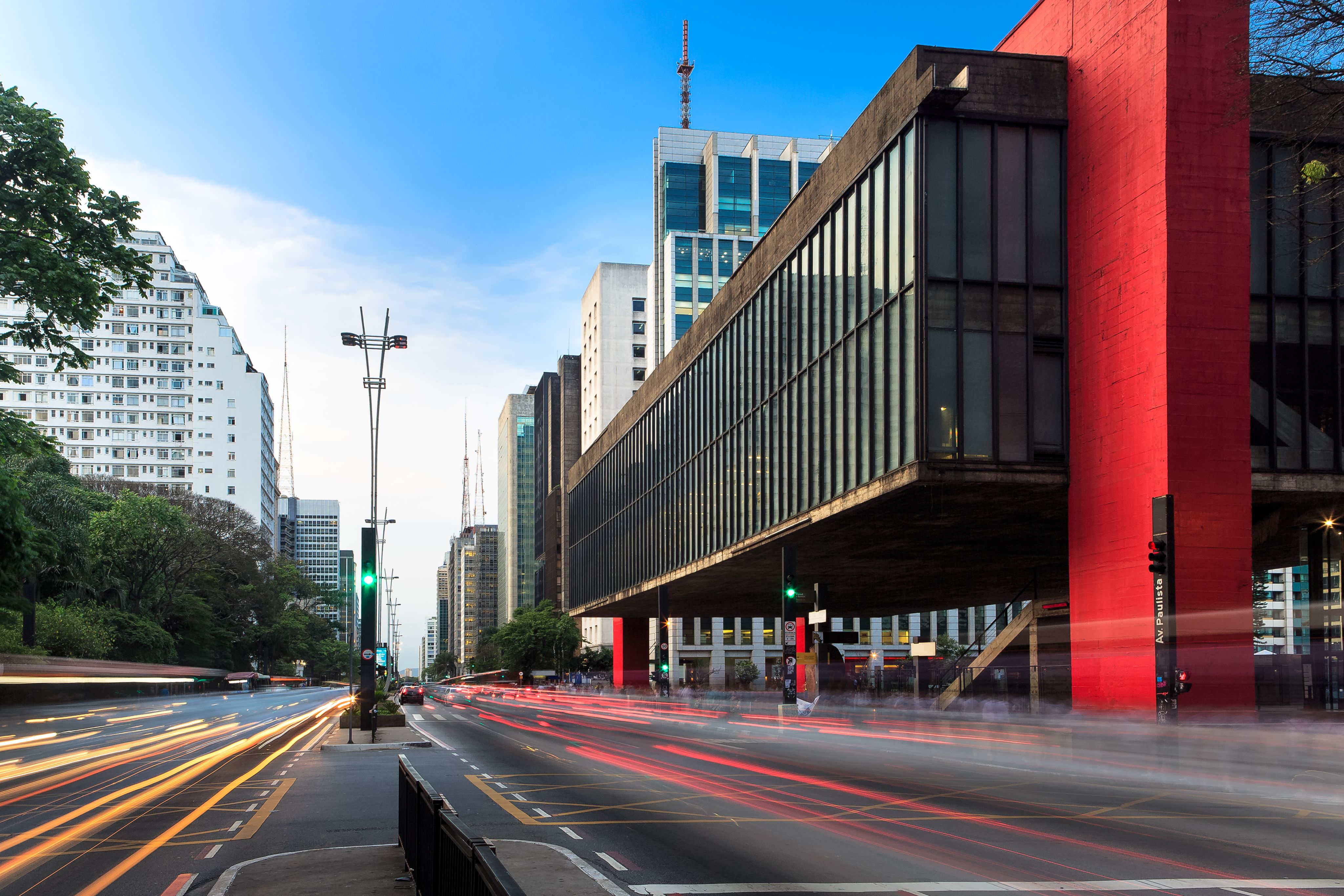
São Paulo offers a wide range of accommodation options to suit every taste and budget. For luxury seekers, the Fasano São Paulo in the upscale Jardins neighbourhood provides elegant rooms and a rooftop pool with panoramic city views. The Emiliano, also in Jardins, offers sophisticated design and impeccable service.
For a more bohemian experience, consider staying in Vila Madalena. The Hotel Unique, designed by Ruy Ohtake, is an architectural marvel with a rooftop bar offering a vantage point for glowing sunsets. In the city centre, the Renaissance São Paulo Hotel provides comfort and convenience near Paulista Avenue.
Budget-conscious travellers might prefer the vibrant Pinheiros area, where boutique hotels like Pinheiros House offer stylish rooms at more affordable rates. For extended stays, apart-hotels in Berrini or Itaim Bibi cater to business travellers.
Whichever area you choose, you'll find yourself immersed in São Paulo's dynamic energy, with easy access to the city's culinary, cultural and nightlife scenes.
Getting there and around
Getting there
By plane
Guarulhos International Airport operates flights from several cities around the world. There are direct flights from London with LATAM Airlines and British Airways. If you are going to São Paulo from another city in Brazil, you can also choose to fly to Congonhas Airport.
By bus
Tietê Bus Terminal operates bus routes from other countries in South America and most cities in Brazil.
Getting around
By subway
The subway is one of the most effective means of transportation in São Paulo. Stations are very easy to locate.
By bus
São Paulo has an integrated public transport system. You can use a single ticket (Bilhete Único) for buses, urban trains and the subway.
Taxis and transport apps
Taxis and ridesharing companies are widely used, with Uber a particularly cost-effective way to get around the city.
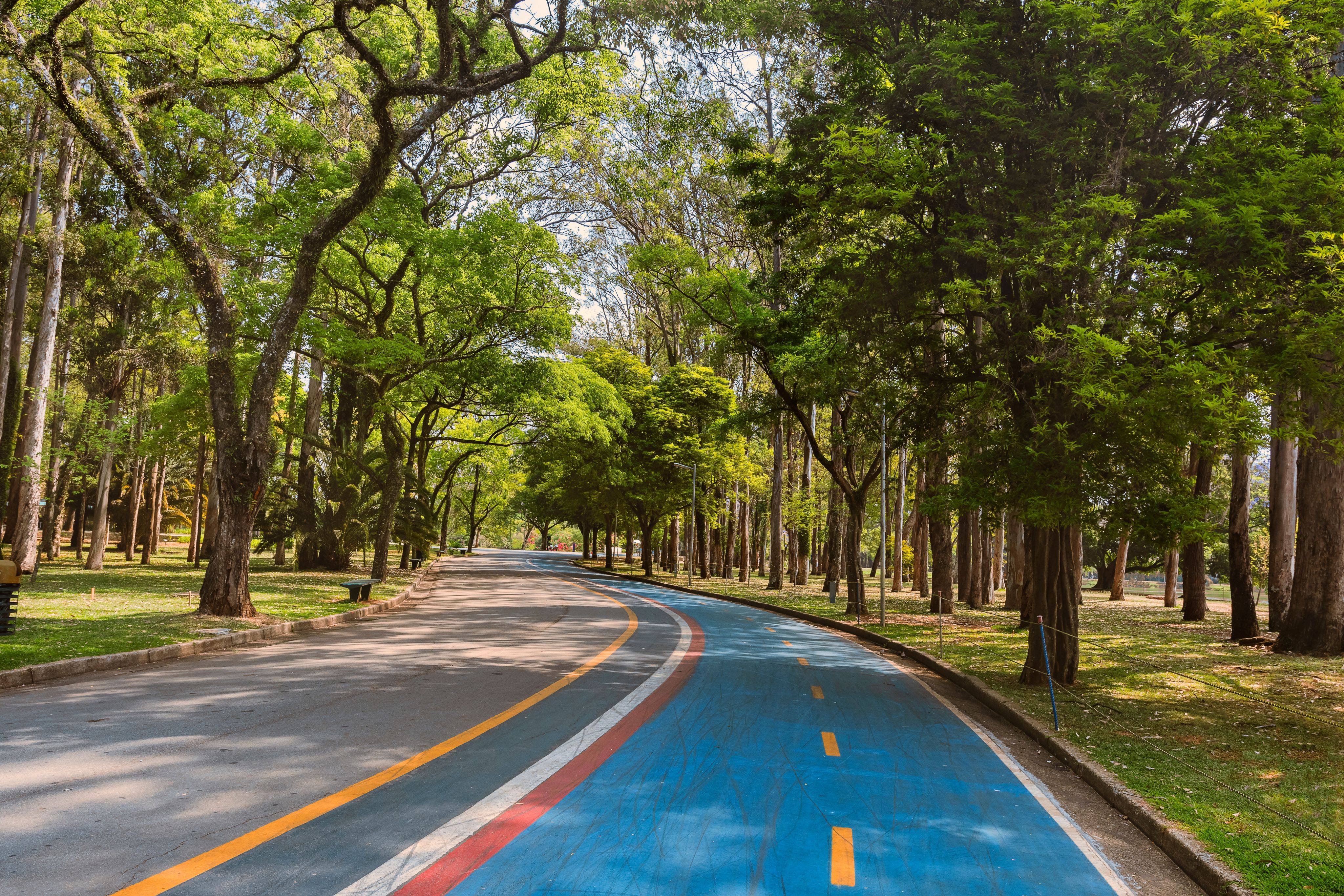
Feeling inspired?
Experience Brazil’s two most contrasting yet spectacular cities for yourself.







